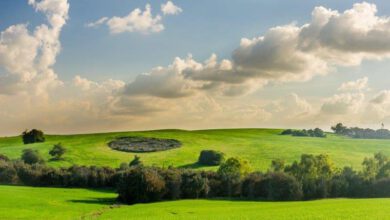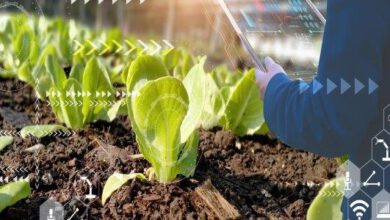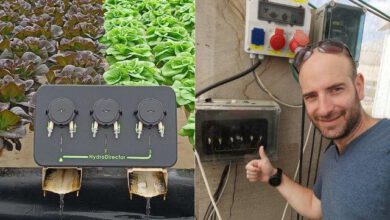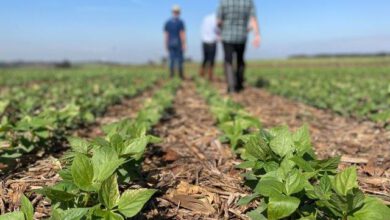Early Ripening of Lychee by Heating
Using geothermal water in the Hula Valley area
Raphael A. Stern raffi@migal.org.il
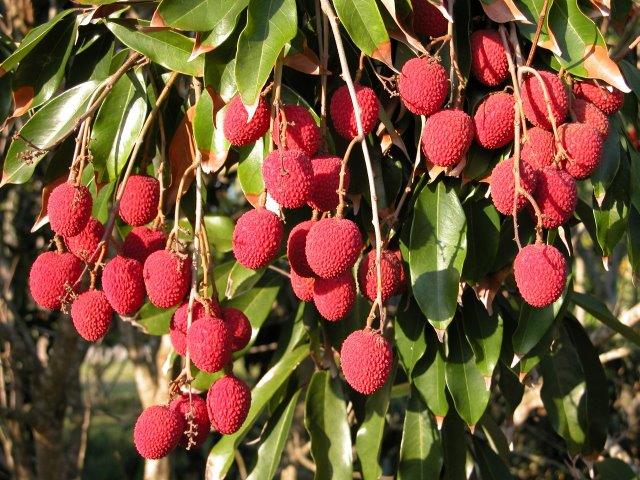
The first stage in creating the lychee fruit is the “differentiation to bloom” stage. This stage takes place towards the winter, between November and January, but is dependent on the minimum temperature falling below a certain threshold to receive the signal to bloom. For this reason, lychee trees cannot be grown in warm tropical climates, nor can they be grown in the temperate climate zones since the tree freezes.
In a long-term research project carried out by Prof. Raffi Stern from the MIGAL – Galilee Technology Center, it was found that for optimal differentiation, it is sufficient that the night temperature falls below 14°C for 6-8 consecutive weeks, but the lower the temperature, down to 0°C when the tree freezes, the greater the efficiency. This efficiency is expressed both in the intensity of the subsequent spring blooming and in the quality of the flowers. It was found that the percentage of normal flowers (containing all the female components of the embryo sac) was inversely proportional to the accumulated night temperatures.
.jpg) |
Figure 1. Lychee fruitlets in the greenhouse during March 2018
In addition, a very positive and high ratio was found between the percentage of flower normality and the percentage of fruit set (Figure 1) and yield (Figure 2). Therefore, in order to achieve high yields, considerable differentiation (resulting in a large quantity of flowers) and quality (a high normality of flowers) are necessary. In addition, Stern found an inverse relationship between the temperature regime at night and the time required for differentiation, in other words, the lower the temperature, the shorter the time required for differentiation. These findings are highly important for the exploitation of a very cold area such as the Hula Valley for the rapid accumulation of “cold autumn hours,” provided that the trees are protected from freezing.
.jpg) |
Figure 2. Lychee fruit in the greenhouse at the end of April 2018 (the pipes are used to heat the greenhouse)
Preventing freezing in the winter is achieved by growing the trees in a greenhouse while keeping the environmental temperature at 45°C, using geothermal water () erupting from drillings in the area. This water is channeled into a greenhouse via pipes which are separate from the irrigation system and used only for heating (Figure 1+2), through which the environmental temperature may be regulated according to growth stage.
 |
Figure 3. Lychee fruit cluster from the greenhouse at the end of April ( above) compared to fruitlet stage outside of the greenhouse (below).
The same protection system that allows the accumulation of optimal lower temperature close to 0°C, but not below it, also serves to accelerate blooming. Heating the trees at the height of winter (early December) to high temperatures of about 35°C immediately after the accumulation of “cold hours” accelerates the growth of the blossoms and results in blooming already in February instead of April, as in the case of commercial orchards After the flowers are pollinated by bumblebees, who work well in a greenhouse, the fruit, which grew rapidly due to the great heat, develops and ripens at the end of April and in early May, about a month before the first fruits appear in commercial orchards (Figure 3). As a result of early marketing, the price received for the fruit is very high.

